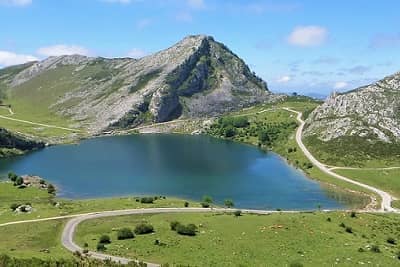Angliru - The Toughest Climb in Spain
Angliru is one of the climbs that all cycling aficionados have to do. Along with the likes of
Alpe d'Huez, Col du Tourmalet and Passo di Mortirolo it has a mystique and reputation that stretches further than the
mountain itself.
Angliru's infamy is based on the numerous steep ramps that you encounter on the final six kilometres of the climb (check out the full profile and map here). However, the incredible, almost unique scenery, and the near complete lack of cars makes it one of the most enjoyable as well as one of the most challenging of ascents.
The most common starting points for climbing Angliru are the city of Oviedo and the town of Pola de Lena. Both of these give you several kilometres to warm up before you hit the slopes of the real climb, although if you leave from Pola de Lena you will have to tackle the tricky Alto de Cordal which has a couple of kilometres averaging over 10% gradient.
The climb is only 12.5km long with an average gradient of a shade over 10%; however, the first 6km average only 6%, making it a very top heavy climb. The real climbing begins just after the recreation area at Via Pará. After a sharp half a kilometre you reach Les Cabannes, a 400m section which touches 22% gradient at times.
From here the climb very rarely falls below 11% until the 12km mark. There are further significant ramps at sections named Llagos (14.5%), Les Picones (20%), Cobayos (21.5%), Cuena les Cabres (23.5%), El Aviru (21.5%) and Les Piedrusines (20%), before it eases off considerably for the last half kilometre. The main challenge is finding a rhythm that allows you to recover from the really steep sections when the gradient drops to just 11%! However, the feeling of accomplishment at making it to the top is greater than that of nearly all other mountains. To climb Angliru is to conquer the toughest challenge that professional road cycling can offer.
Former Vuelta winner, Tony Rominger, describes the view from Angliru as like looking out of an aeroplane. Because the road is so steep, looking back down up on the switchbacks gives a totally different perspective than the more well known hairpins of Alpe d'Huez or Luz Ardiden.
The various vibrant shades of green combine with the wild flowers and rocky outcrops to provide a quite unique spectacle. The Atlantic coastline and the historic city of Oviedo can also be seen to the north.
The lack of traffic on the climb is also reflected by the large number of horses and cows that roam next to and across the road - seemingly oblivious to your efforts as you climb.
The ascent of Angliru is one of the best climbs on our tours to the Picos de Europa and Great Climbs of the Vuelta. On these holidays we are not racing the climb so it is considerably easier than for the professionals. We also provide bikes with a compact chainset and a large cassette so that you shouldn't have to walk much, if any, of the climb!
Check out details of the holidays below, or return to our Guides & Articles or cycling climbs section to find out about more of the great cycling climbs in this part of the world!
Angliru's infamy is based on the numerous steep ramps that you encounter on the final six kilometres of the climb (check out the full profile and map here). However, the incredible, almost unique scenery, and the near complete lack of cars makes it one of the most enjoyable as well as one of the most challenging of ascents.
At the Heart of Asturias
Angliru is nestled in between two of the most impressive mountain ranges in Spain. The Picos de Europa lie to the east, and the Somiedo Natural Park is to the south-west. Within a 100km radius you can find many of the most famous climbs in Spanish cycling - including Lagos de Covadonga, La Farrapona and Cuitu Negru (Puerto de Pajares).The most common starting points for climbing Angliru are the city of Oviedo and the town of Pola de Lena. Both of these give you several kilometres to warm up before you hit the slopes of the real climb, although if you leave from Pola de Lena you will have to tackle the tricky Alto de Cordal which has a couple of kilometres averaging over 10% gradient.
Climbing Angliru
The profile and descriptions that exist of Angliru rarely do it justice. Alberto Contador, winner of a stage finishing at Angliru in the 2008 Vuelta, described it as the hardest mountain he has ever climbed - tougher than the likes of Zoncolan because the gradient is so inconsistent.The climb is only 12.5km long with an average gradient of a shade over 10%; however, the first 6km average only 6%, making it a very top heavy climb. The real climbing begins just after the recreation area at Via Pará. After a sharp half a kilometre you reach Les Cabannes, a 400m section which touches 22% gradient at times.
From here the climb very rarely falls below 11% until the 12km mark. There are further significant ramps at sections named Llagos (14.5%), Les Picones (20%), Cobayos (21.5%), Cuena les Cabres (23.5%), El Aviru (21.5%) and Les Piedrusines (20%), before it eases off considerably for the last half kilometre. The main challenge is finding a rhythm that allows you to recover from the really steep sections when the gradient drops to just 11%! However, the feeling of accomplishment at making it to the top is greater than that of nearly all other mountains. To climb Angliru is to conquer the toughest challenge that professional road cycling can offer.
Beautiful Scenery
Due to the infamy of the Cuena les Cabres and the other gruelling sections, the sheer beauty of Angliru is often overlooked in reviews of the climb.Former Vuelta winner, Tony Rominger, describes the view from Angliru as like looking out of an aeroplane. Because the road is so steep, looking back down up on the switchbacks gives a totally different perspective than the more well known hairpins of Alpe d'Huez or Luz Ardiden.
The various vibrant shades of green combine with the wild flowers and rocky outcrops to provide a quite unique spectacle. The Atlantic coastline and the historic city of Oviedo can also be seen to the north.
The lack of traffic on the climb is also reflected by the large number of horses and cows that roam next to and across the road - seemingly oblivious to your efforts as you climb.
When to Climb Angliru?
There is a risk of snow, preventing you from reaching the top of Angliru, from the start of November to the end of May, with the road almost certainly closed throughout winter. So the summer months are the best bet if you want to guarantee being able to make it to the top.The ascent of Angliru is one of the best climbs on our tours to the Picos de Europa and Great Climbs of the Vuelta. On these holidays we are not racing the climb so it is considerably easier than for the professionals. We also provide bikes with a compact chainset and a large cassette so that you shouldn't have to walk much, if any, of the climb!
Check out details of the holidays below, or return to our Guides & Articles or cycling climbs section to find out about more of the great cycling climbs in this part of the world!
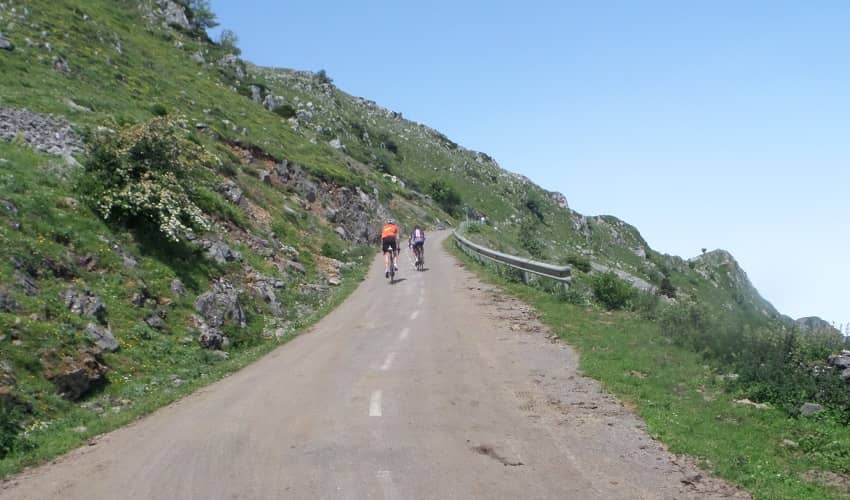
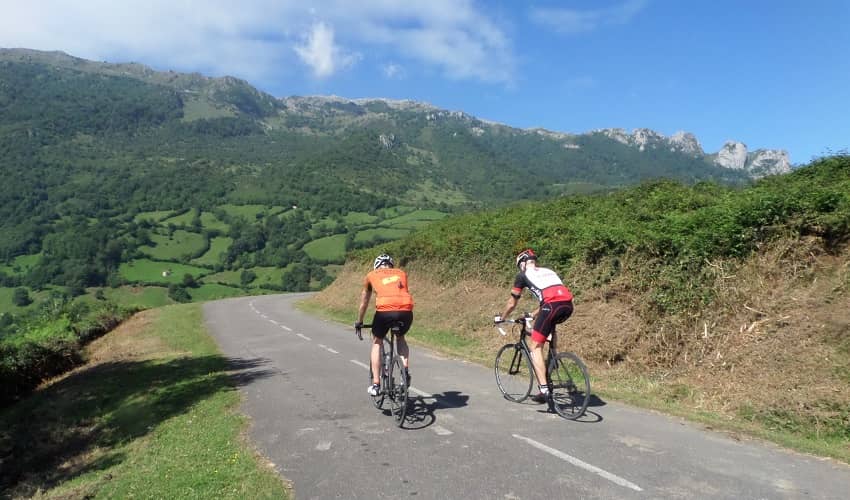
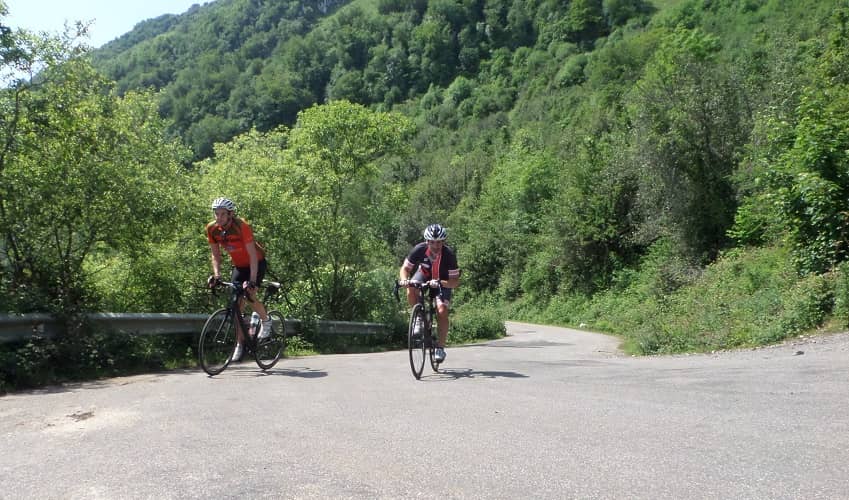
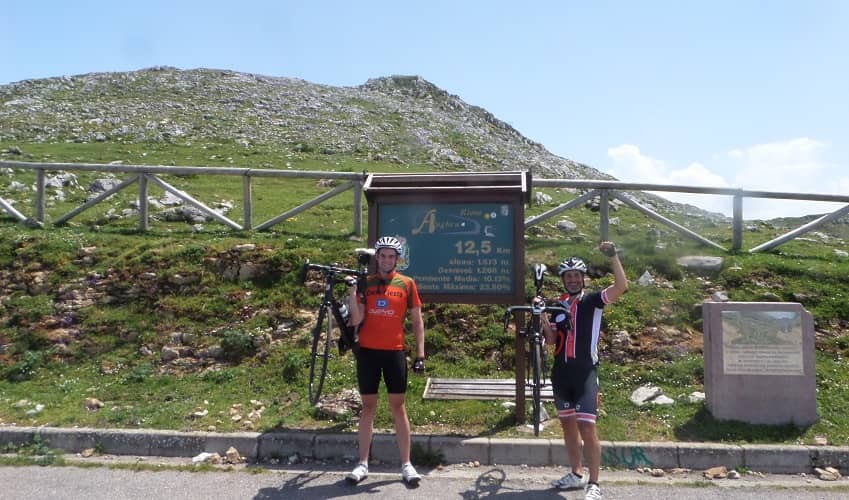
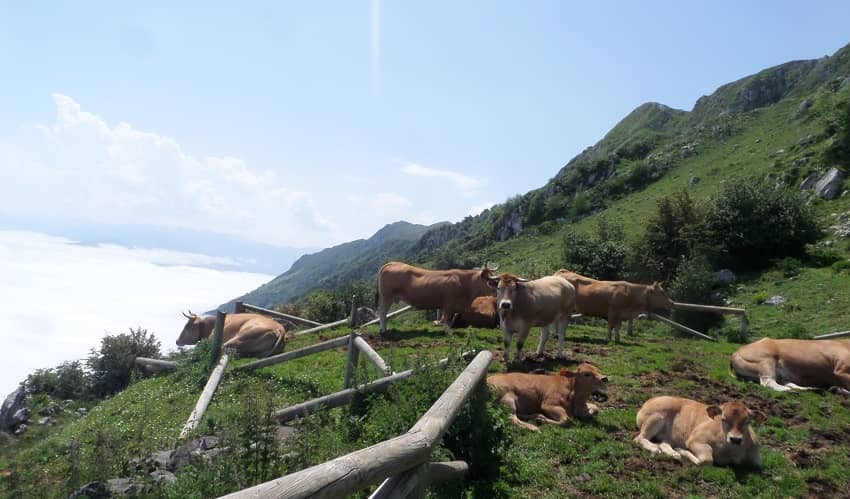
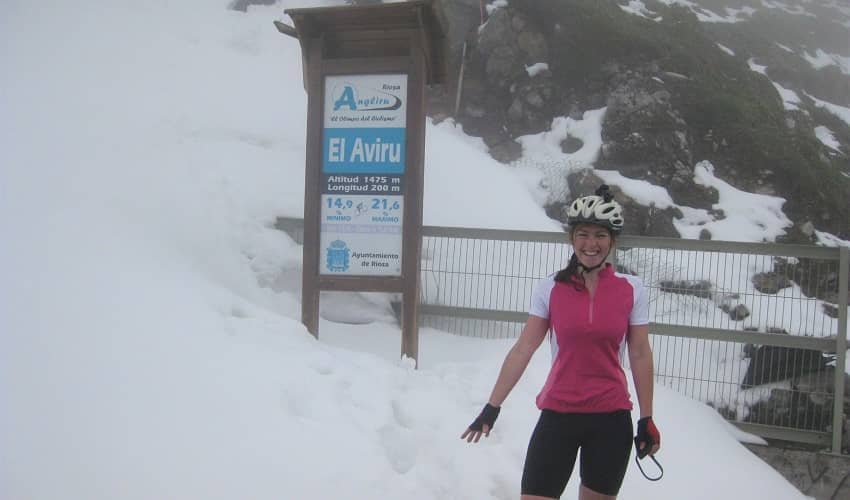
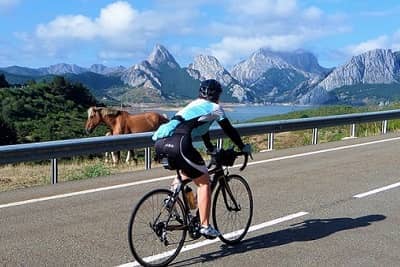
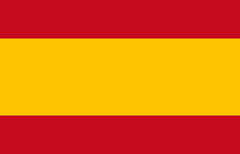 Spain
Spain
